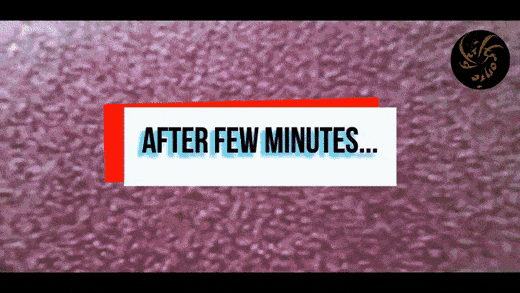I think, if you can do it, the best option when playing pool is an on/off switch.
I don't actually have to think about doing so but s I've noted, when playing, my IM goes into silent mode, which I consider a blessing.
Lou Figueroa
After working with shifting awareness based on sensory mode I’ve come to think about things in a more natural sense. Each sense is there in every situation. When one is missing we really notice, like when the lights are off. There is rarely an off switch. There is a foreground/background reality though. In everyday consciousness one sense takes the foreground and it is like water to fish, only really noticed when it’s not there.
The sense dominant in our everyday consciousness rules that domain. We now know that the subconscious will be dominant in a different sense than rules consciousness. Of the three main sensory modes; see, hear and feel, the domain of the unconscious will be the third sense.
Being dominant doesn’t make it a solo act. Because you’re right handed doesn’t mean you don’t use the left, it just that you structure your physical awareness around that perspective. An auditory dominant player may find their subconscious sensory world pulled into t he foreground with a background commentary now happening. When truly relegated to the background and describing the foreground a different type of language is used. For example a player that is visually dominant in their subconscious might have an inner vocal coach. The language of that coach would reflect the visual nature of the now mostly visual reality. It would tell him to “look” closely at the shot, “look closer”, magnifying the elements. Focusing in on the small elements, then out to the whole shot, while holding onto all relevant details. That phrasing is full of visually descriptive language. Attention is drawn to the lines, the exact targets on the balls, for the tip and at the holes and rails, emerge in that world. The vocal direct can Also put the player momentarily in touch with the “feeling” elements, then trust the unconscious to take care of those needed touches. A complete picture is created, full of hand/eye imagery.
We truly create our world by what we focus on, the connections we make between the things we choose to experience, and give meaning and the importance we place on them. “Reality” emerges as we create possible worlds that make sense accordingly.
A reality in which our subconscious sense is front and center is an altered reality for the player and is experienced as a light trance.
I no longer fight inner dialogue, I harness it as a background commentator/advisor who knows when to hold off respectfully when it’s time to execute And uses the language needed to fill that altered performance state with relevant details.
The subject of the original poster that some people don’t have an internal dialogue in theIr conscious or unconscious awareness must logically mean that they formulate and generate dialogue unconsciously.
